Discovering unique and rare shrubs in the wild is like finding hidden gems in nature. These uncommon plants often thrive in specific habitats and have distinctive features that set them apart. Here, we explore some of the rarest and most intriguing shrubs you might encounter.
Ghost Bramble (Rubus thibetanus)
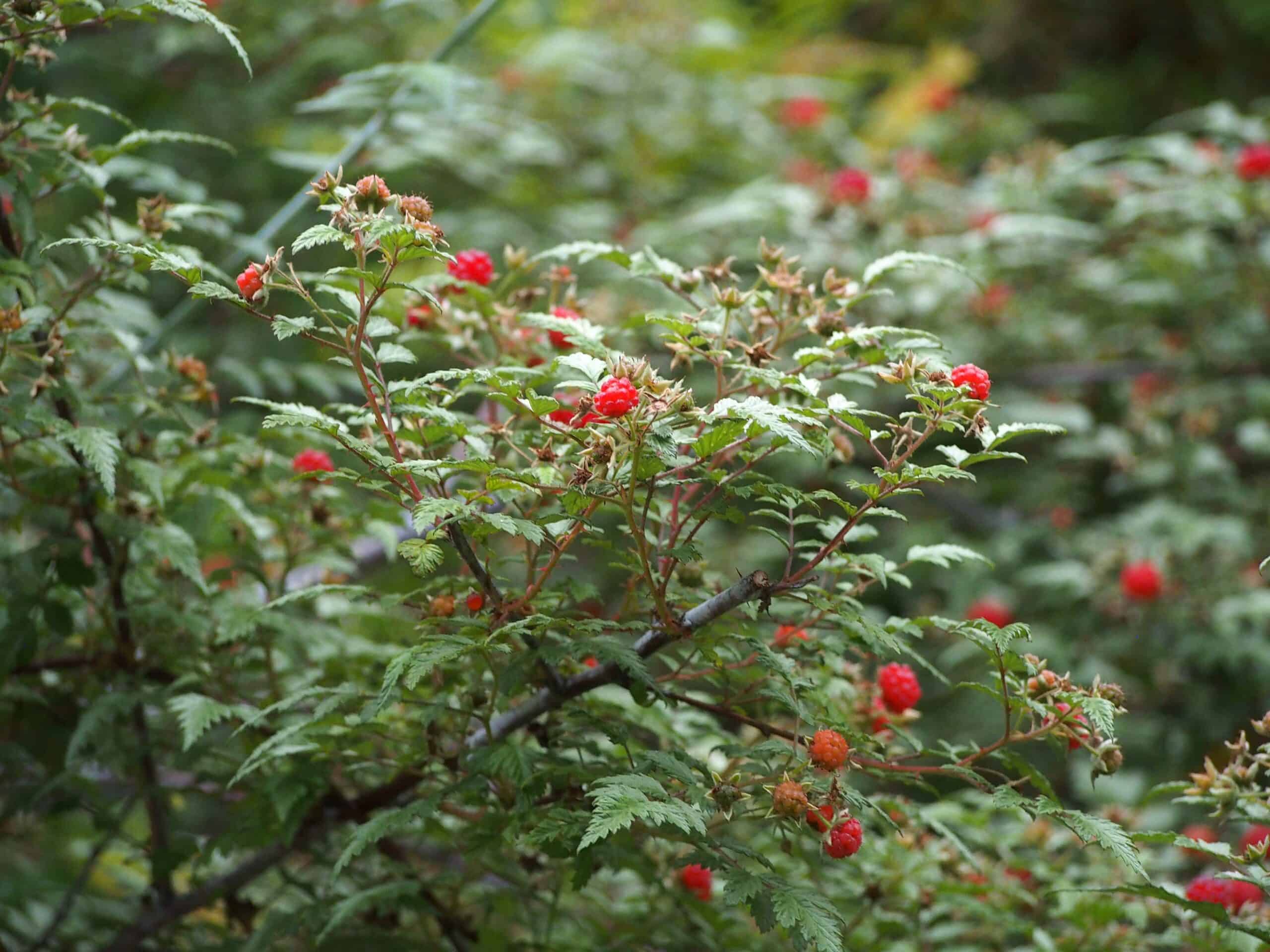
Ghost Bramble is a rare and captivating shrub, known for its silvery, ghost-like stems and delicate pink flowers. Originating from the mountainous regions of Tibet and western China, it thrives in well-drained, rocky soils and partial shade. This shrub is uncommon due to its specific habitat requirements and limited geographic distribution. The Ghost Bramble’s distinctive appearance and resilient nature make it a standout in any landscape. Its berries, though not as sweet as other bramble species, provide a unique taste and are often used in traditional medicines.
Spoon-leaved Sundew (Drosera spatulata)
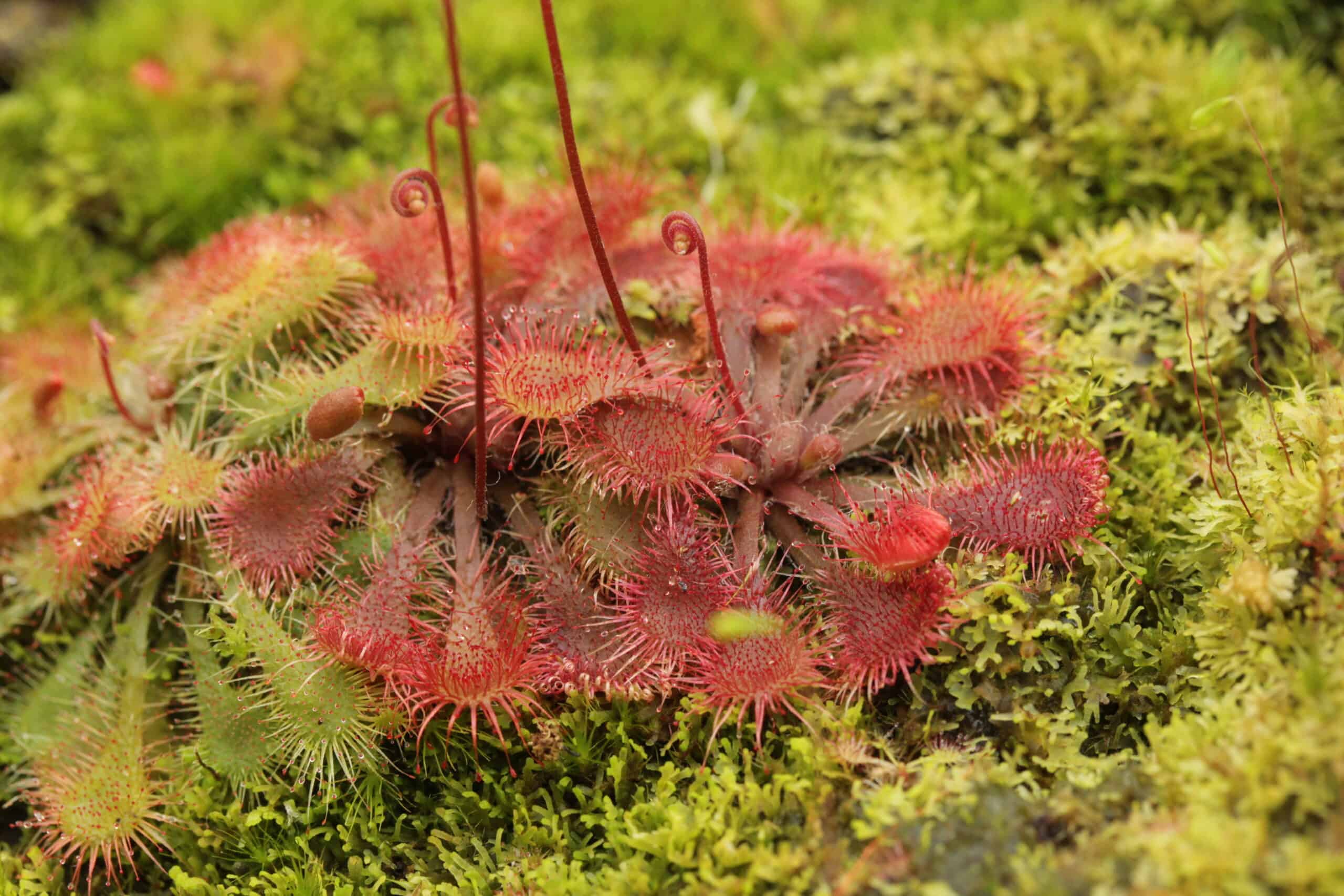
The Spoon-leaved Sundew is a small, carnivorous shrub with spoon-shaped leaves covered in sticky hairs. Native to Australia and Asia, it grows in nutrient-poor, acidic soils. This plant is uncommon because of its specialized habitat and carnivorous nature. It captures insects with its sticky leaves, providing a unique adaptation for survival in nutrient-deficient environments.
Japanese Andromeda (Pieris japonica)
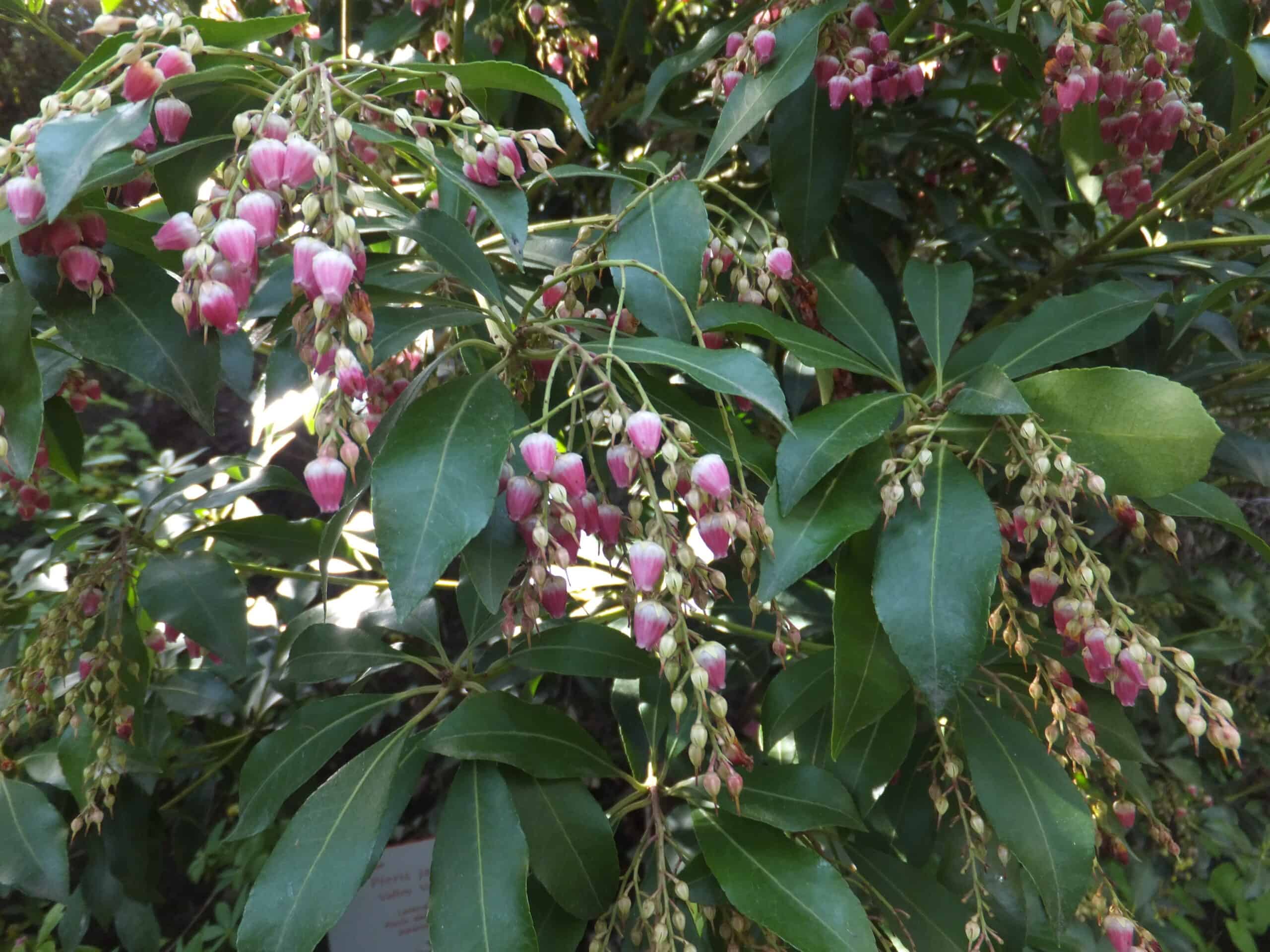
Japanese Andromeda is a beautiful evergreen shrub with clusters of bell-shaped, white flowers. Originating from Japan, it thrives in acidic, well-drained soils. Its rarity stems from its specific soil and climate preferences. The shrub’s stunning flowers and vibrant red new growth make it a prized plant for gardeners and plant collectors.
Blue China Fir (Cunninghamia lanceolata ‘Glauca’)
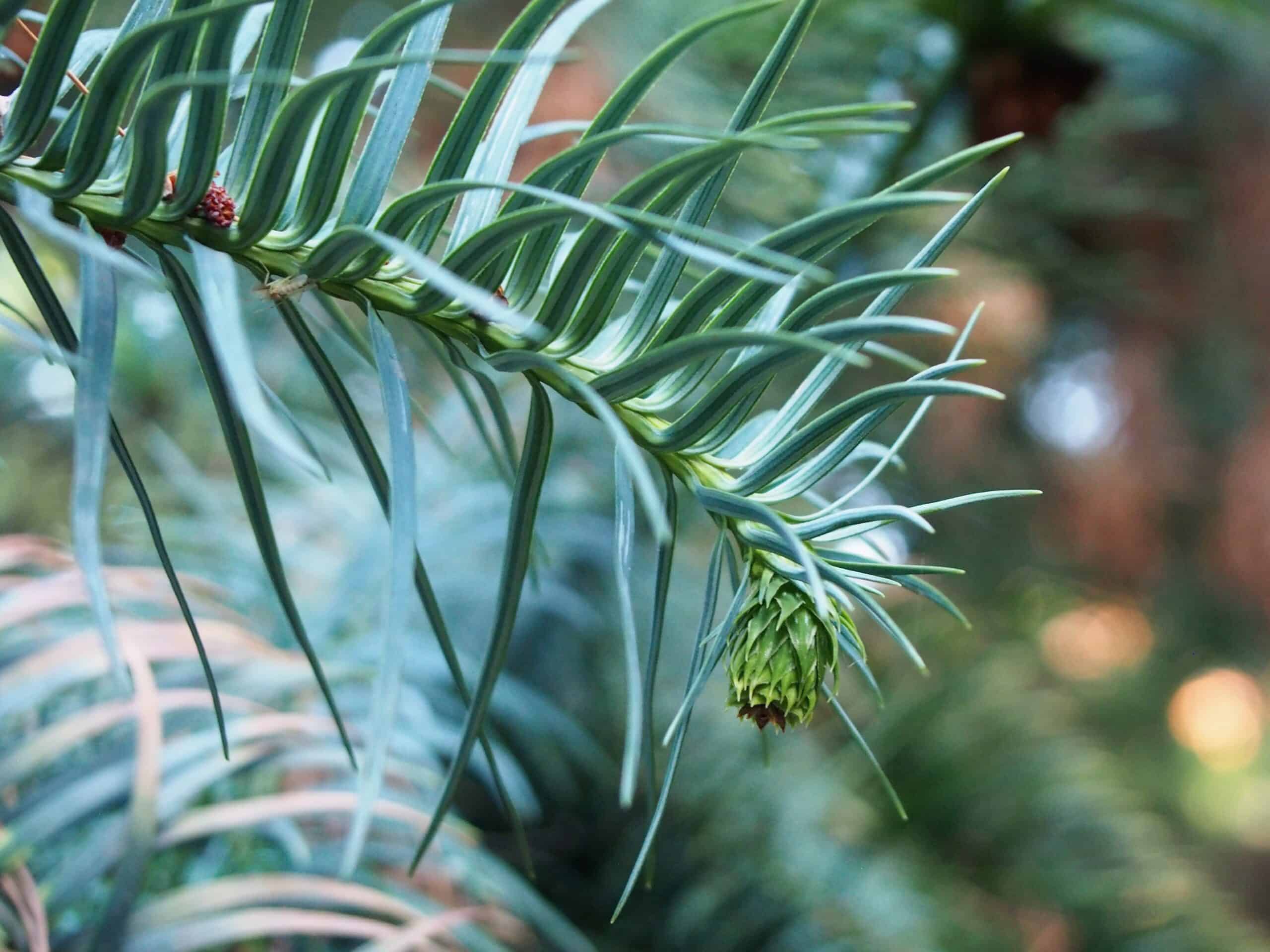
Blue China Fir is a unique conifer with blue-green needles and a pyramidal shape. Native to China, it grows in mountainous regions with well-drained soils. This fir is uncommon due to its limited geographic range and specific growing conditions. Its striking foliage and resilience to pests and diseases add to its appeal.
Silktassel Bush (Garrya elliptica)
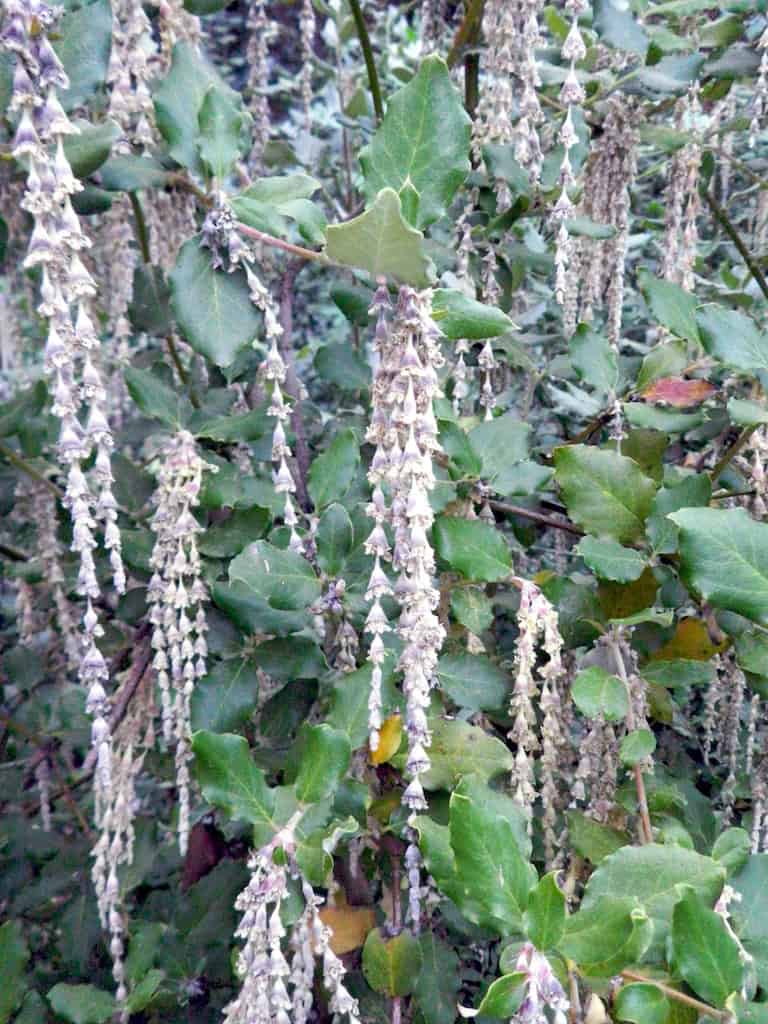
Silktassel Bush is an evergreen shrub with long, silvery catkins that appear in winter. Found along the western coast of North America, it thrives in coastal environments. This shrub is rare because of its narrow habitat range. The long, tassel-like flowers provide winter interest, making it a unique addition to gardens and landscapes.
Ground-hugging Juniper (Juniperus horizontalis)
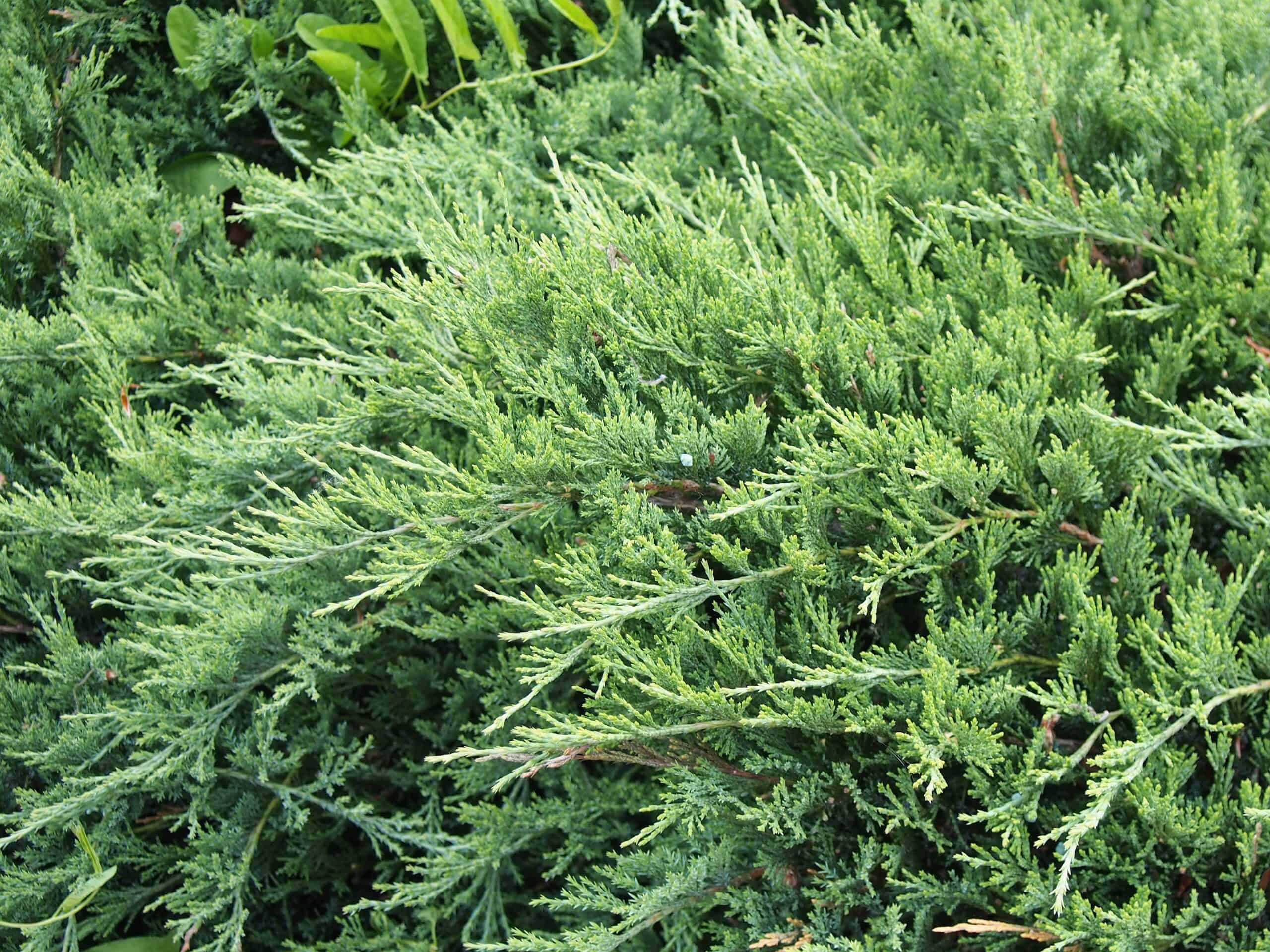
Ground-hugging Juniper is a low-growing, spreading shrub with blue-green foliage. Native to North America, it prefers rocky, well-drained soils. This juniper is uncommon due to its specific soil and light requirements. Its ability to cover large areas and its drought tolerance make it a valuable plant for erosion control and landscaping.
Woolly Tea-tree (Leptospermum lanigerum)
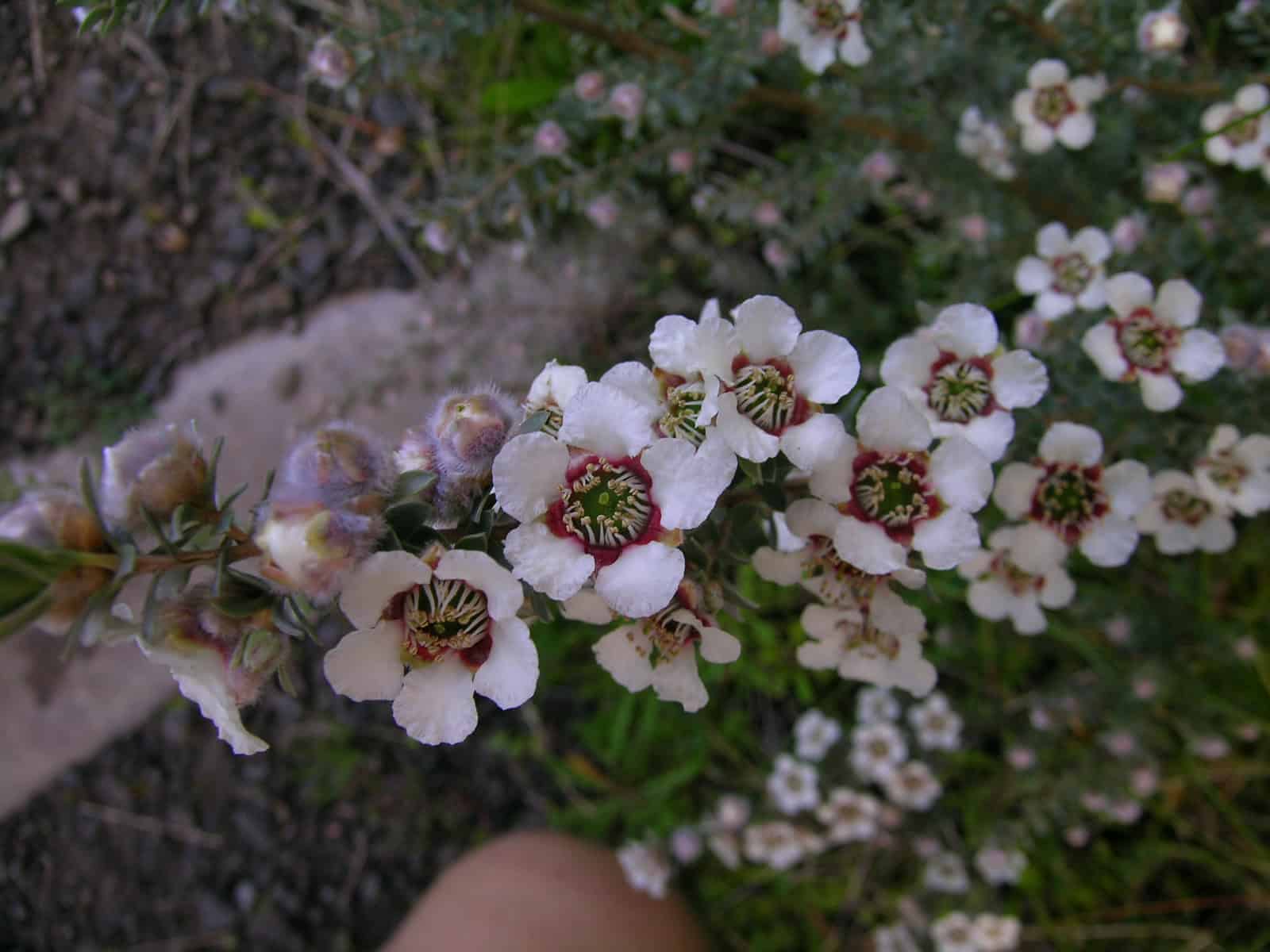
Woolly Tea-tree is an evergreen shrub with woolly, gray-green leaves and white flowers. Originating from Australia, it grows in wetlands and along streams. This tea-tree is rare because of its limited habitat and specific water needs. Its unique foliage and flowers, along with its use in traditional medicine, make it an interesting plant.
Sea Buckthorn (Hippophae rhamnoides)
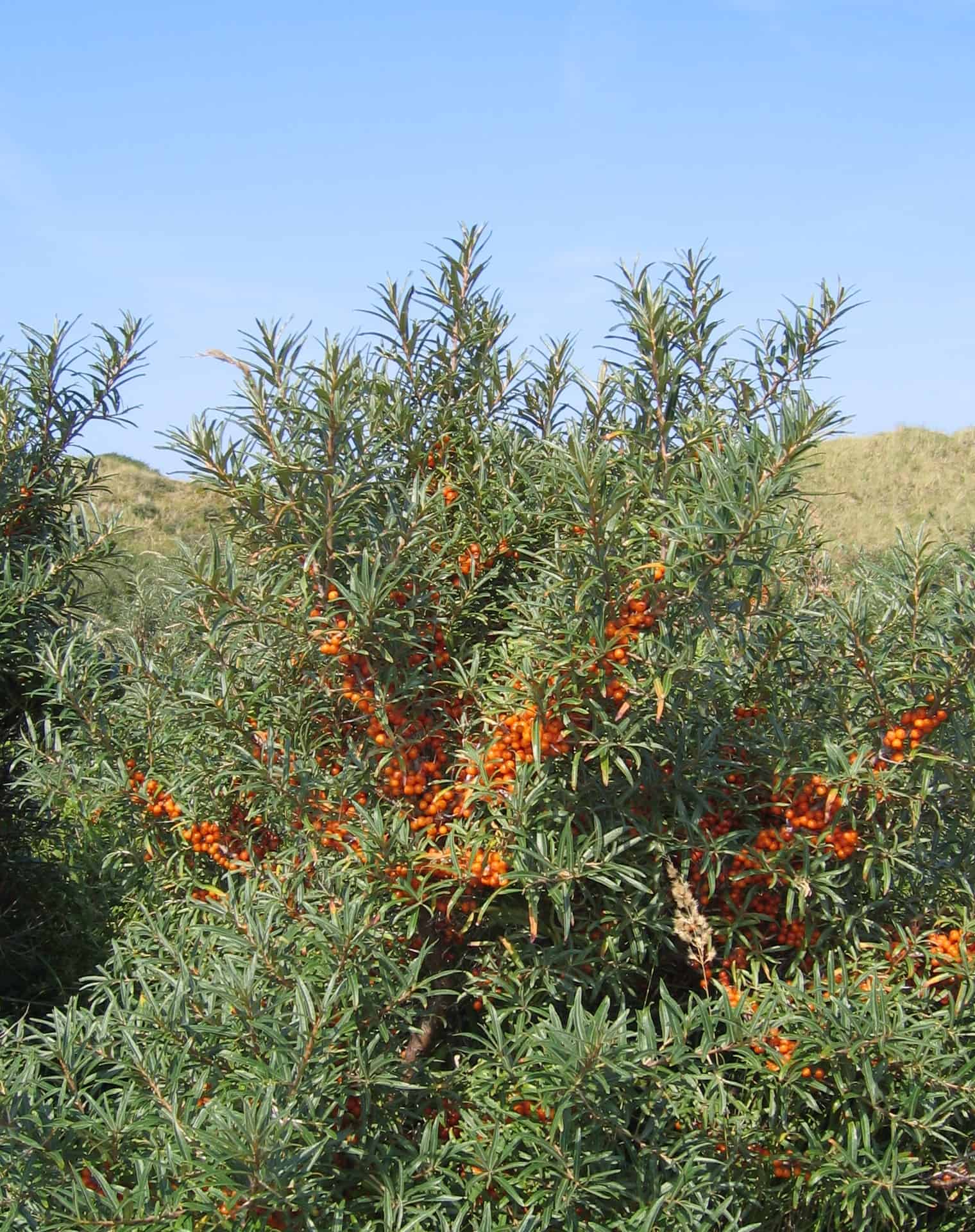
Sea Buckthorn is a thorny shrub with bright orange berries and silvery leaves. Native to Europe and Asia, it thrives in coastal and sandy soils. Its rarity is due to its specific habitat requirements. The shrub’s berries are rich in vitamins and antioxidants, making them valuable for nutritional and medicinal purposes.
Dwarf Fothergilla (Fothergilla gardenii)
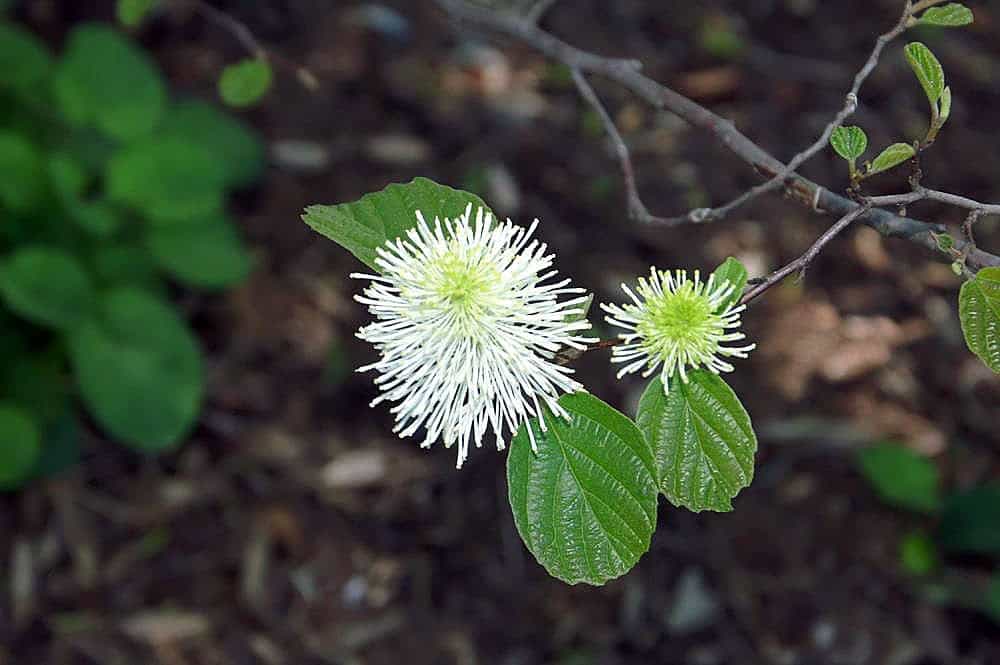
Dwarf Fothergilla is a small, deciduous shrub with fragrant, white bottlebrush flowers. Native to the southeastern United States, it grows in moist, acidic soils. This shrub is uncommon because of its limited native range and habitat needs. Its stunning fall foliage and fragrant flowers make it a cherished plant for gardeners.
Persian Ironwood (Parrotia persica)
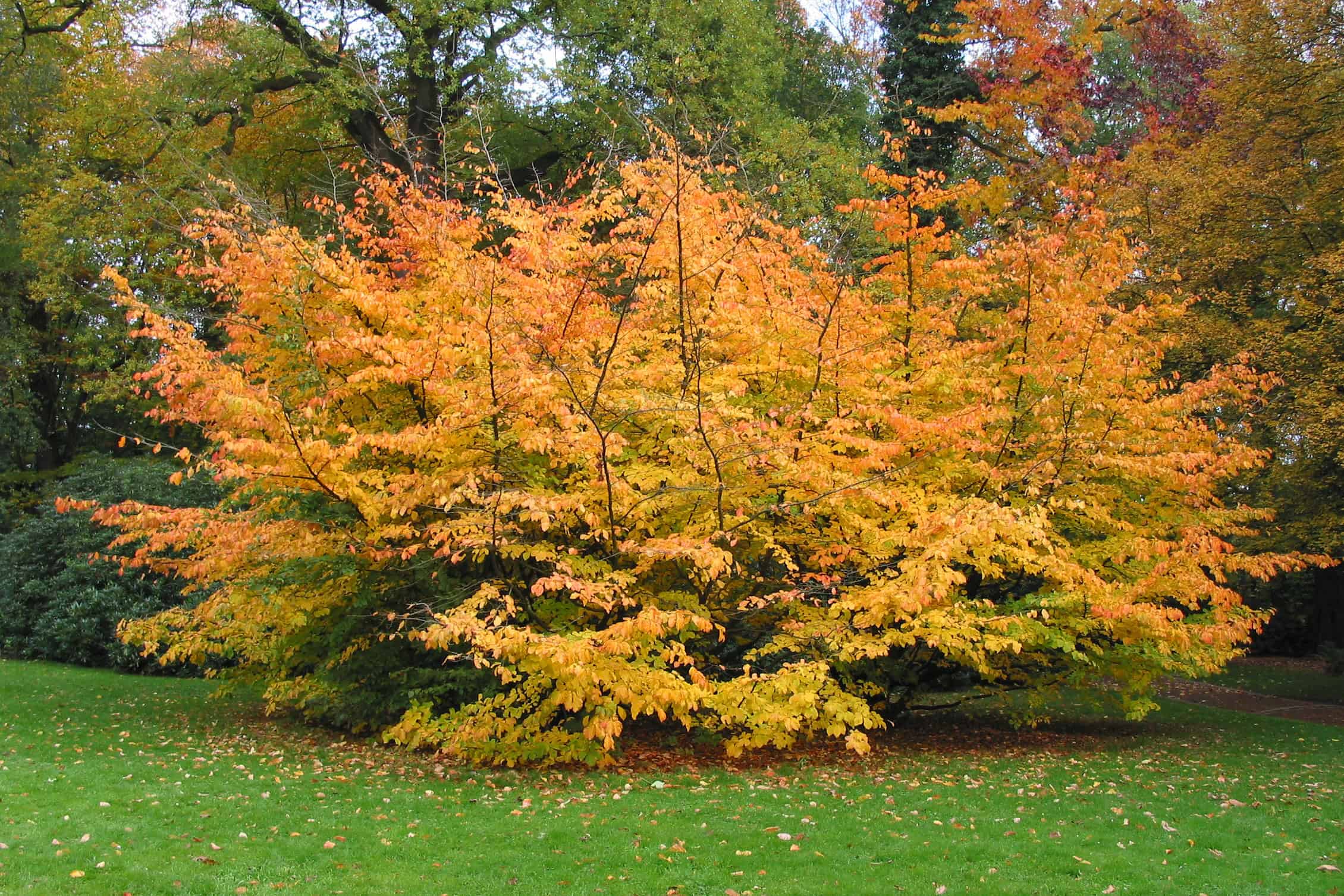
Parrotia persica, or Persian Ironwood, is a striking deciduous shrub with vibrant fall foliage that ranges from yellow to deep red. Native to northern Iran, it grows in mixed forests and thrives in well-drained soils. This shrub is uncommon due to its limited geographic range and specific growing conditions. The Persian Ironwood is valued for its ornamental beauty and resilience, often used in gardens for its brilliant autumn display and attractive bark.
Japanese Snowball Bush (Viburnum plicatum)
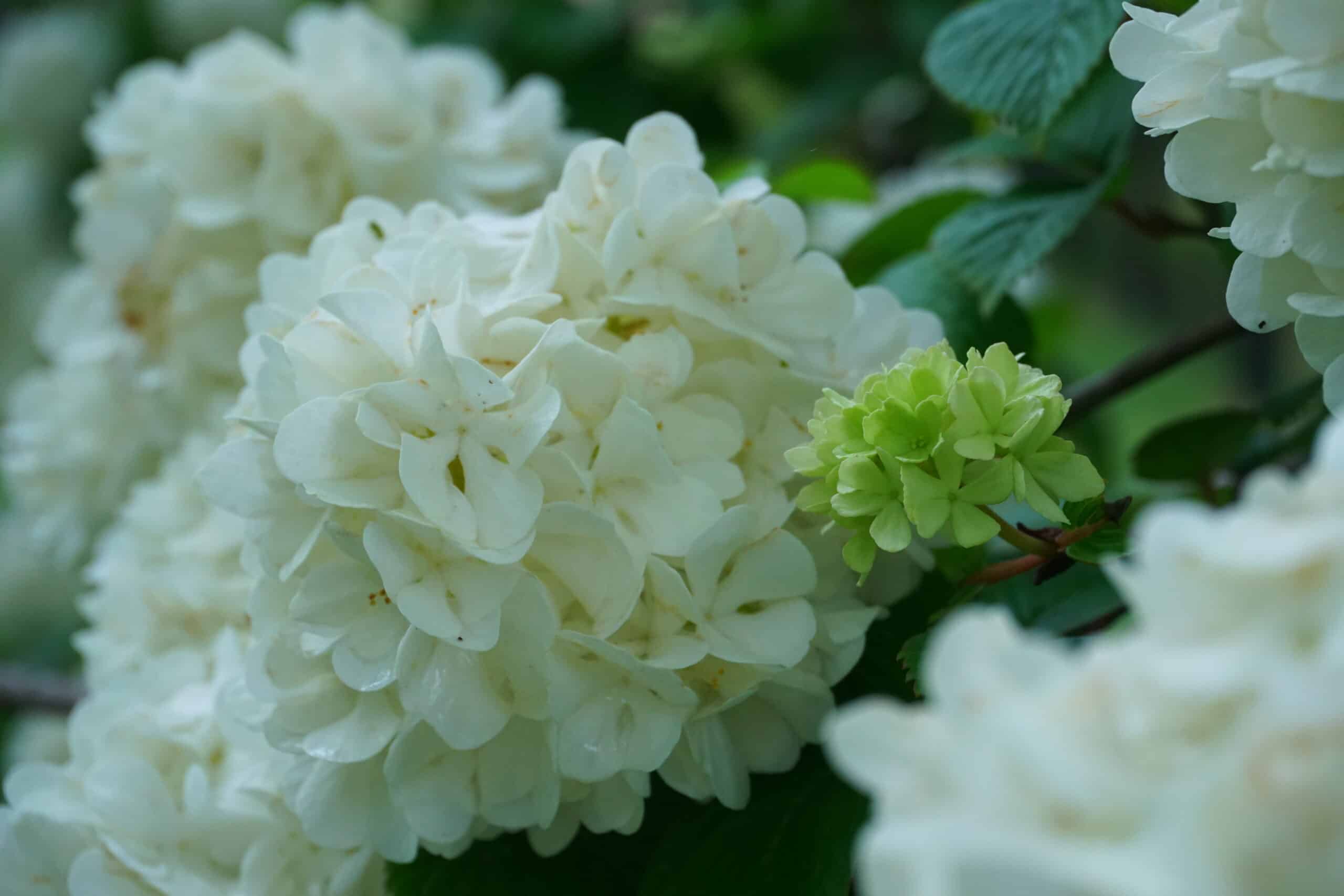
The Japanese Snowball Bush is a deciduous shrub known for its large, spherical clusters of white flowers that bloom in spring. Native to Japan, it prefers moist, well-drained soils and partial to full sun. This shrub is uncommon in the wild, primarily found in cultivated landscapes. Its layered branching structure and abundant blooms make it a favorite among gardeners, providing both visual appeal and habitat for pollinators.
Sweet Broom (Cytisus x spachianus)
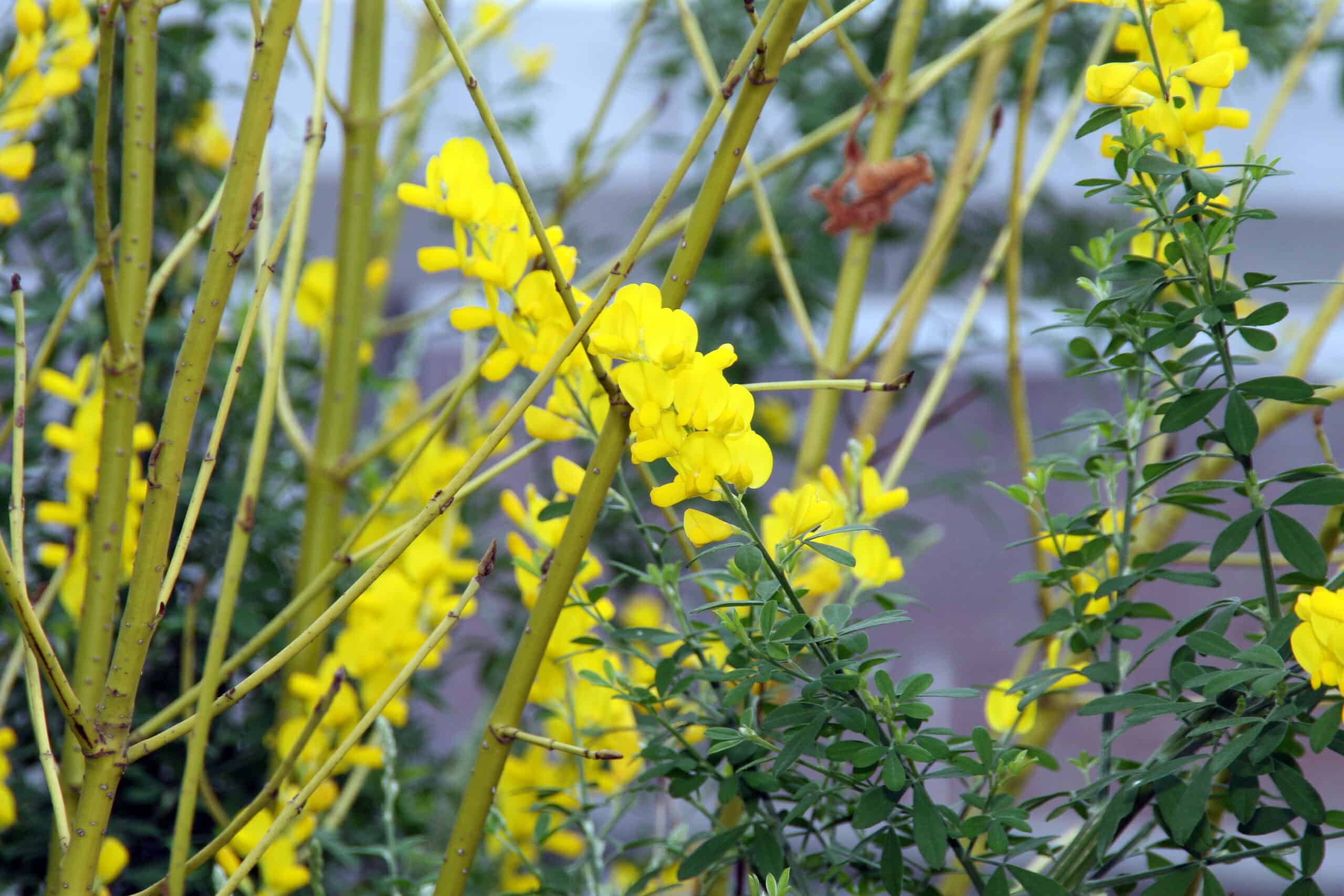
Sweet Broom is a small, evergreen shrub with bright yellow flowers that emit a sweet fragrance. Originating from the Canary Islands and Madeira, it thrives in well-drained, sandy soils and sunny locations. This plant is uncommon due to its specific habitat needs and limited native range. The Sweet Broom’s vibrant blooms and pleasant scent make it a popular choice for ornamental gardens and erosion control on slopes.
Twinberry Honeysuckle (Lonicera involucrata)
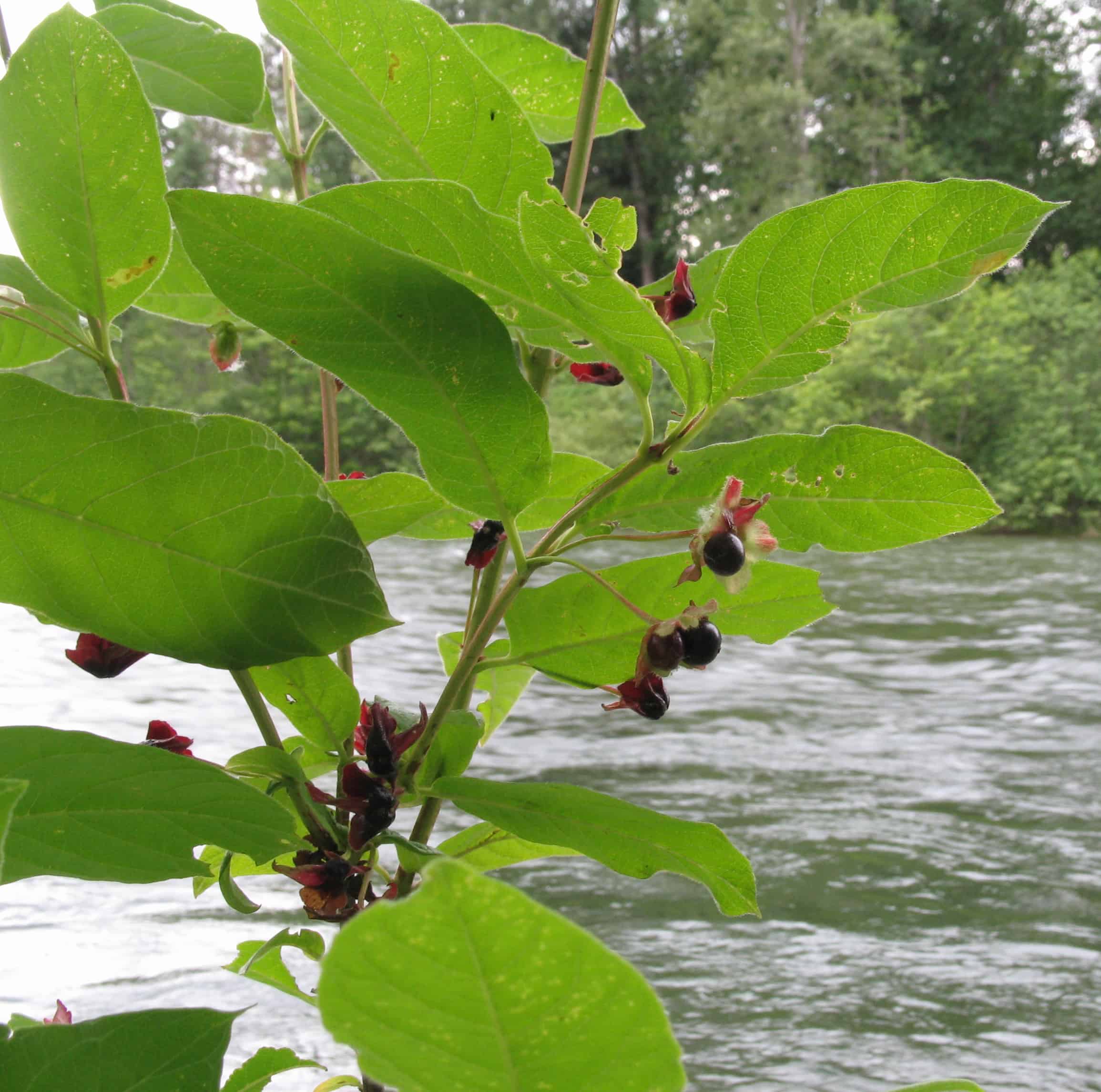
Twinberry Honeysuckle is a deciduous shrub with yellow, tubular flowers that turn into black, twin berries. Native to North America, it grows in wetland areas and along stream banks. This shrub is uncommon due to its preference for moist, shaded environments. The Twinberry Honeysuckle provides important food and habitat for wildlife, particularly birds, and is also used in traditional Native American medicine.
Bushman’s Poison (Acokanthera oblongifolia)
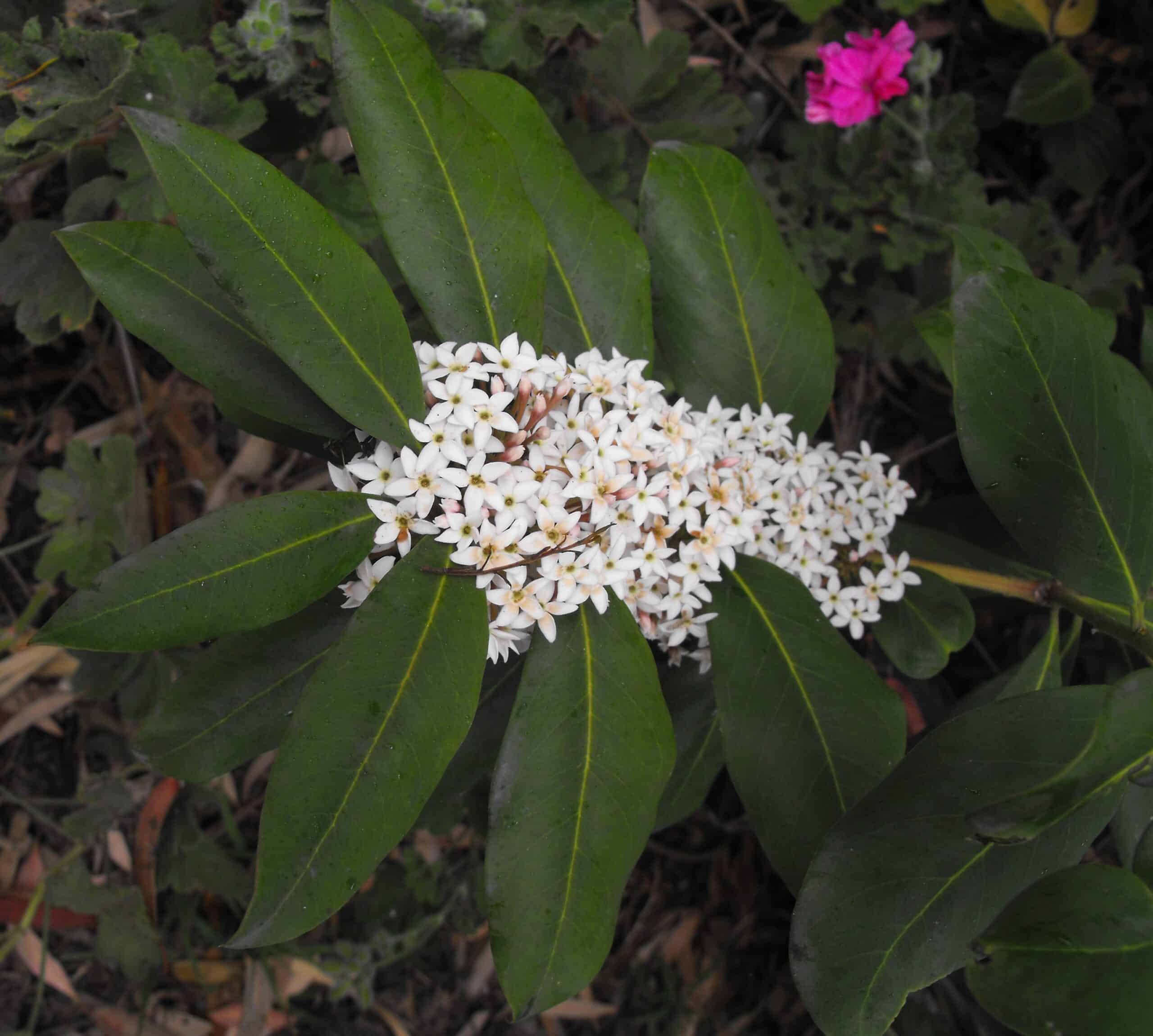
Bushman’s Poison is an evergreen shrub with glossy leaves and clusters of small, white flowers. Found in southern Africa, it thrives in dry, rocky soils and semi-arid regions. This shrub is uncommon because of its specific growing conditions and toxic properties. Despite its name, Bushman’s Poison is used in traditional medicine for its potent compounds, which require careful handling and expertise.
Red-Flowering Currant (Ribes sanguineum)
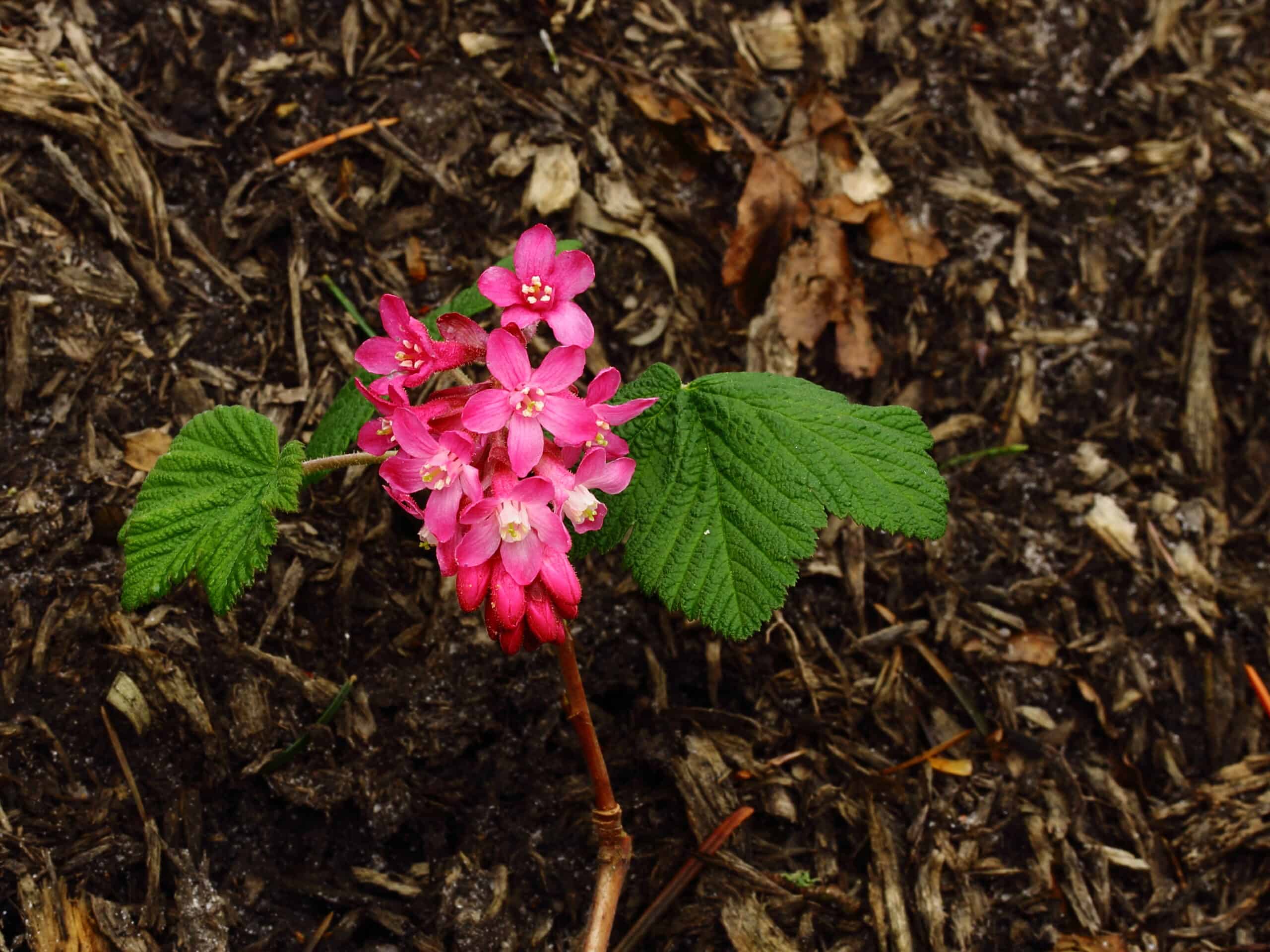
Red-Flowering Currant is a deciduous shrub known for its vibrant, red-pink flower clusters that bloom in early spring. Native to the western United States, it grows in well-drained soils and sunny to partially shaded areas. This shrub is uncommon in the wild but widely cultivated for its ornamental value. The Red-Flowering Currant attracts hummingbirds and butterflies, adding ecological value to its aesthetic appeal.
Mexican Orange Blossom (Choisya ternata)
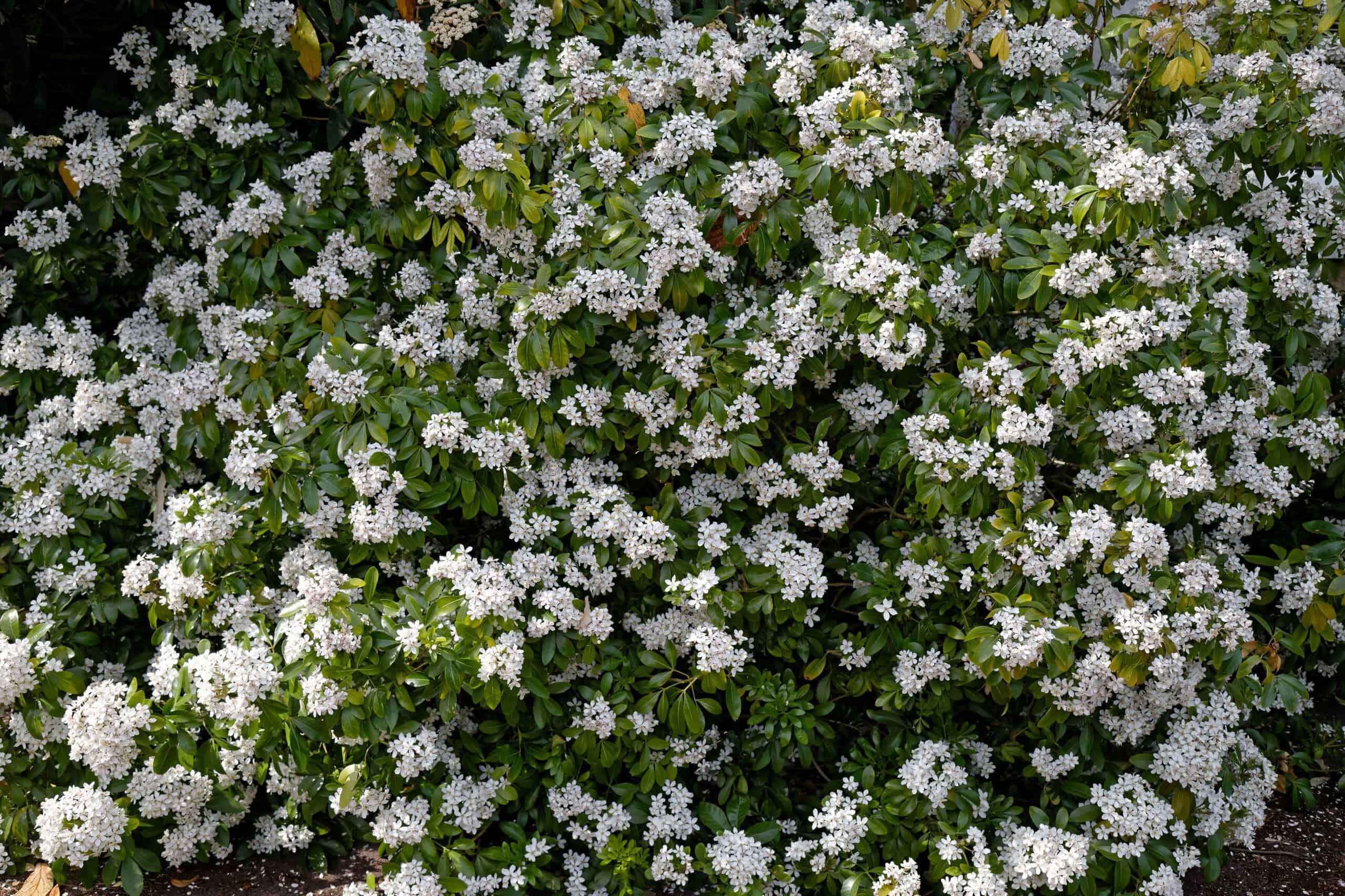
Mexican Orange Blossom is an evergreen shrub with fragrant, star-shaped white flowers and glossy, dark green leaves. Native to Mexico, it thrives in well-drained soils and sunny to partially shaded areas. This shrub is uncommon due to its limited native range and specific habitat requirements. Its citrus-scented flowers and attractive foliage make it a popular choice for ornamental gardens, providing year-round interest and fragrance. The Mexican Orange Blossom is valued for its drought tolerance and ability to attract pollinators like bees and butterflies.
Cape Myrtle (Lagerstroemia capensis)
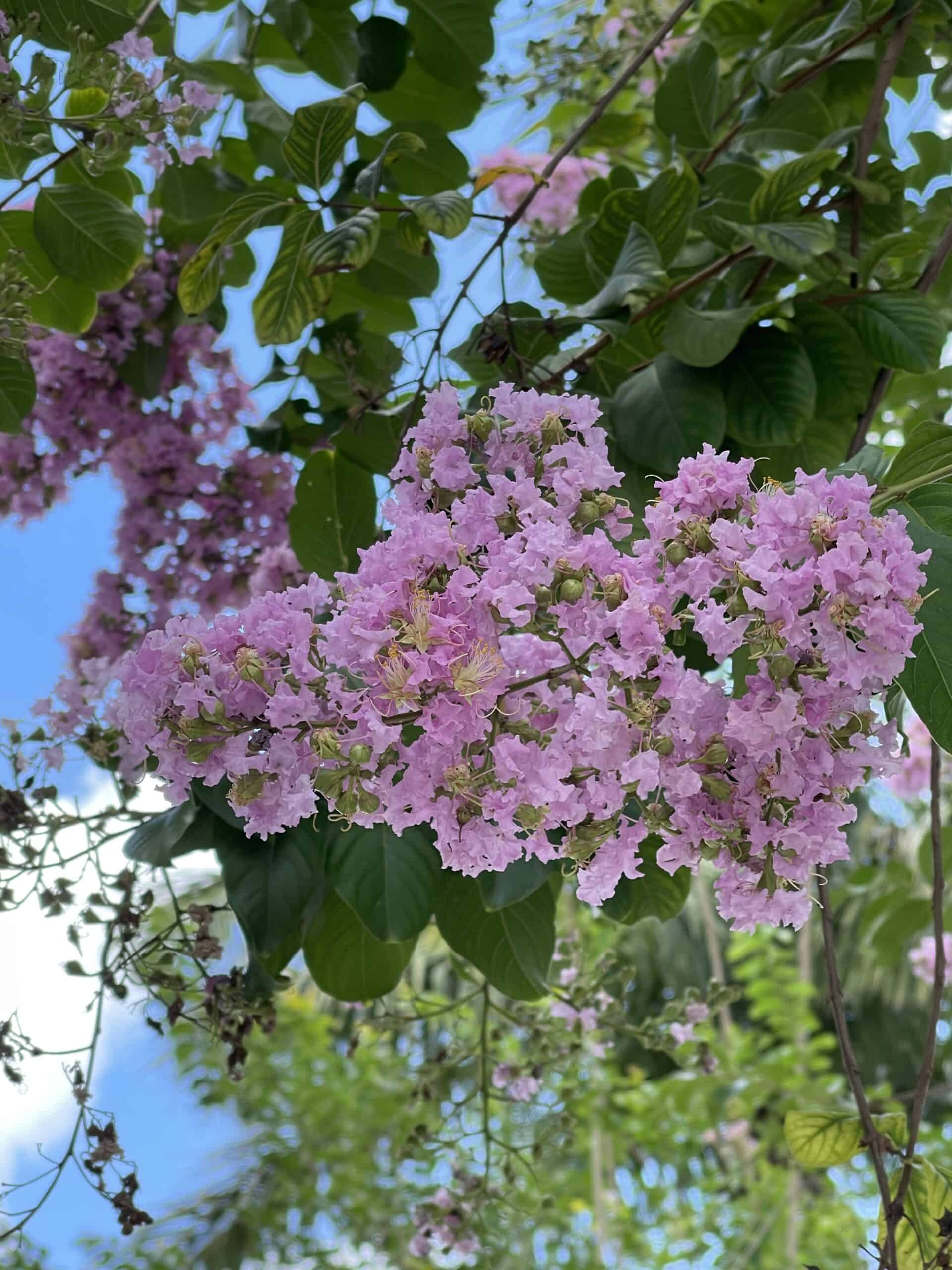
Cape Myrtle is a deciduous shrub with striking, smooth bark and clusters of small, white to pinkish flowers. Originating from South Africa, it grows in well-drained soils and full sun. This shrub is uncommon because of its specific growing conditions and limited geographic distribution. The Cape Myrtle’s exfoliating bark and delicate flowers make it a standout plant in gardens and natural settings. This shrub is also appreciated for its resilience and ability to thrive in poor soils, making it an excellent choice for xeriscaping and water-wise gardening.
Tamarisk (Tamarix ramosissima)
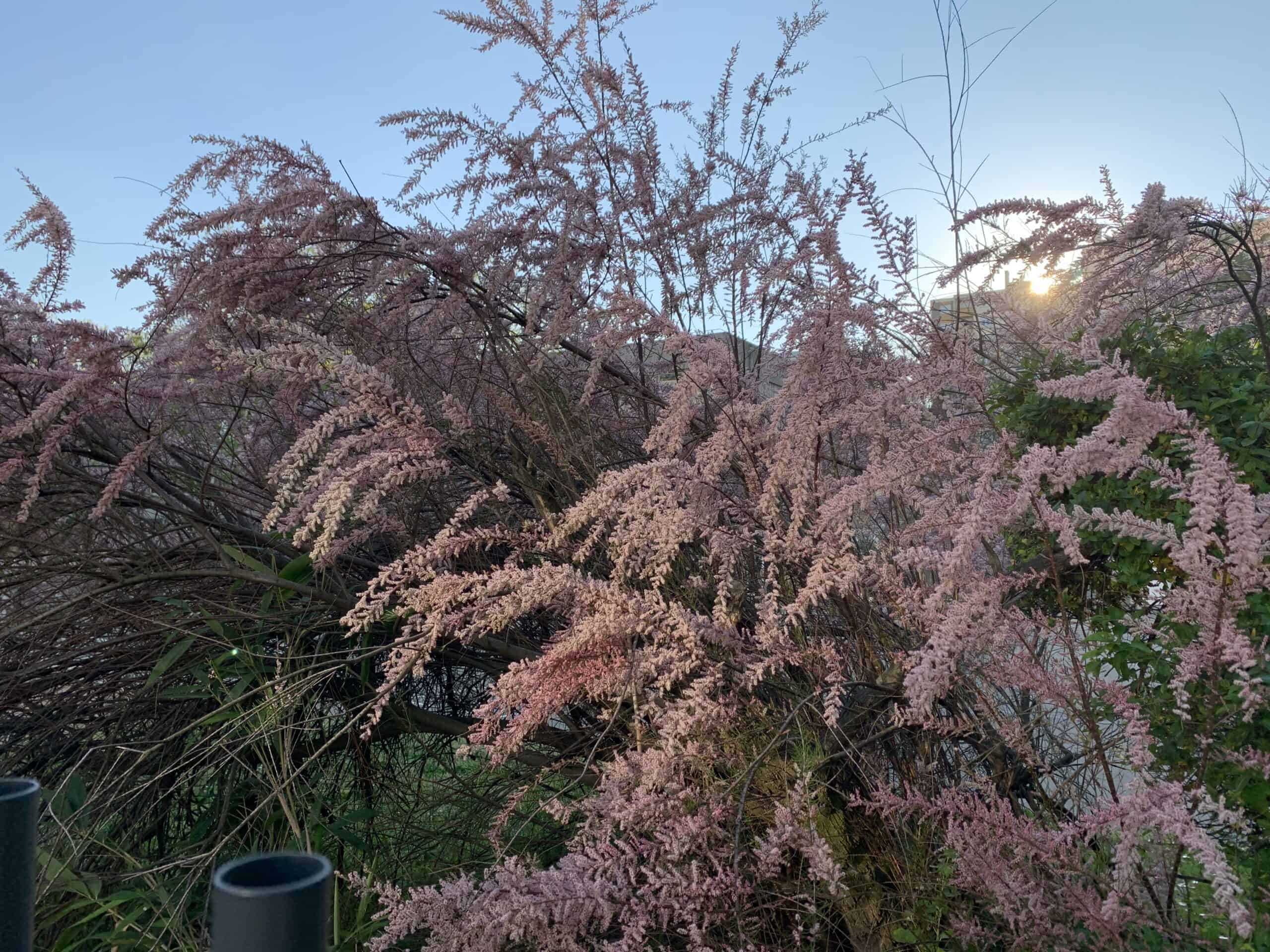
Tamarisk, also known as salt cedar, is a deciduous shrub with feathery, pink flower spikes and slender, scale-like leaves. Native to Eurasia and Africa, it thrives in saline and alkaline soils, often found along riverbanks and in arid regions. This shrub is uncommon in certain areas due to its specific soil and water preferences. Its ability to tolerate harsh conditions and poor soils makes it an important plant for erosion control and habitat restoration. Despite its beauty, Tamarisk is considered invasive in some regions outside its native range, where it can outcompete native vegetation.
Cloudberry (Rubus chamaemorus)
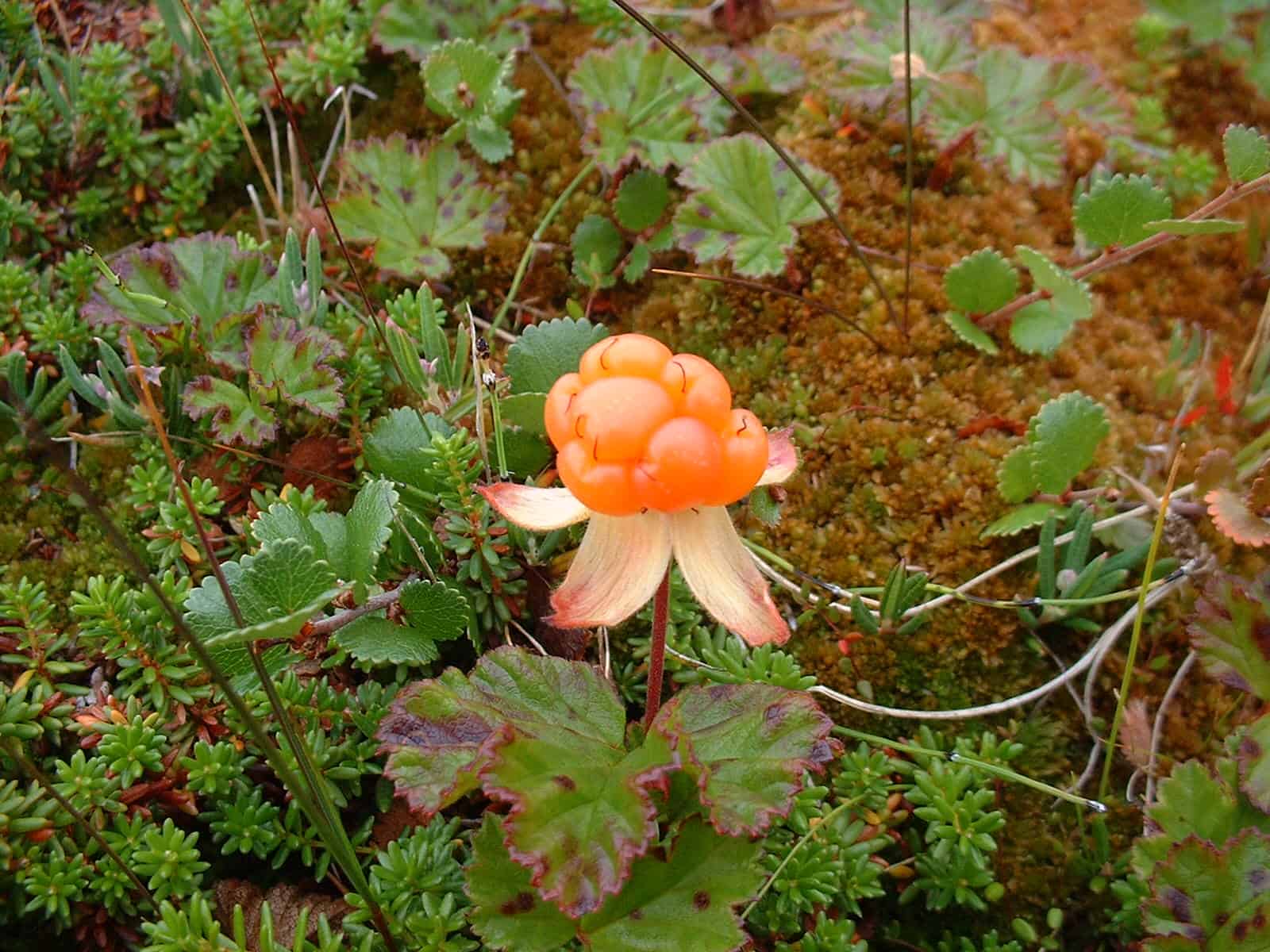
Cloudberry is a low-growing, herbaceous shrub with amber-colored berries and delicate, white flowers. Found in the Arctic and sub-Arctic regions of the Northern Hemisphere, it thrives in boggy, acidic soils and cold climates. This shrub is uncommon due to its restricted habitat and specialized growing conditions. The Cloudberry’s unique appearance and tart, flavorful berries make it a prized plant in northern ecosystems. The berries are rich in vitamins and antioxidants, valued for both culinary and medicinal uses.
This article originally appeared on Rarest.org.
More from Rarest.org
1967 Roosevelt Dime Value Guide
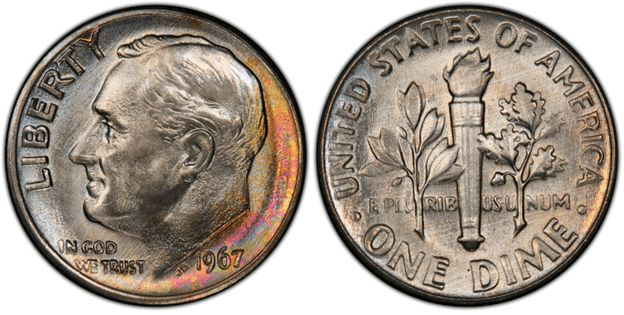
The Roosevelt Dime, which has been in circulation since 1946, commemorates President Franklin D. Roosevelt’s support for the March of Dimes and his efforts to eradicate polio. Read More.
1968 Jefferson Nickel Value Guide

Comprised of 75% Copper, 25% Nickel the Jefferson Nickel was produced from 1938-2003. On October 3, 1938, the US mints produced the first Jefferson coins. Read More.
1969 Kennedy Half Dollar Value Guide

The Kennedy half dollar, a fifty-cent coin that was first issued by the United States Mint in 1964, is still manufactured today. Read More.
